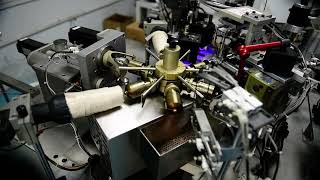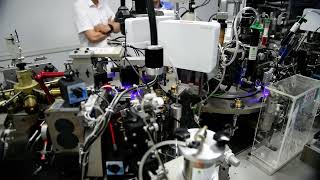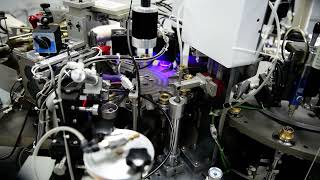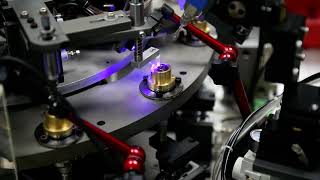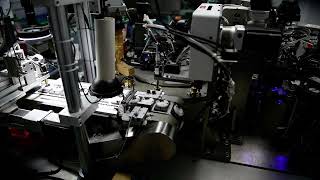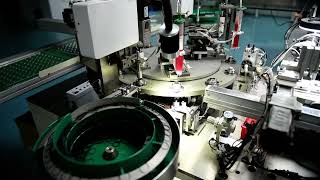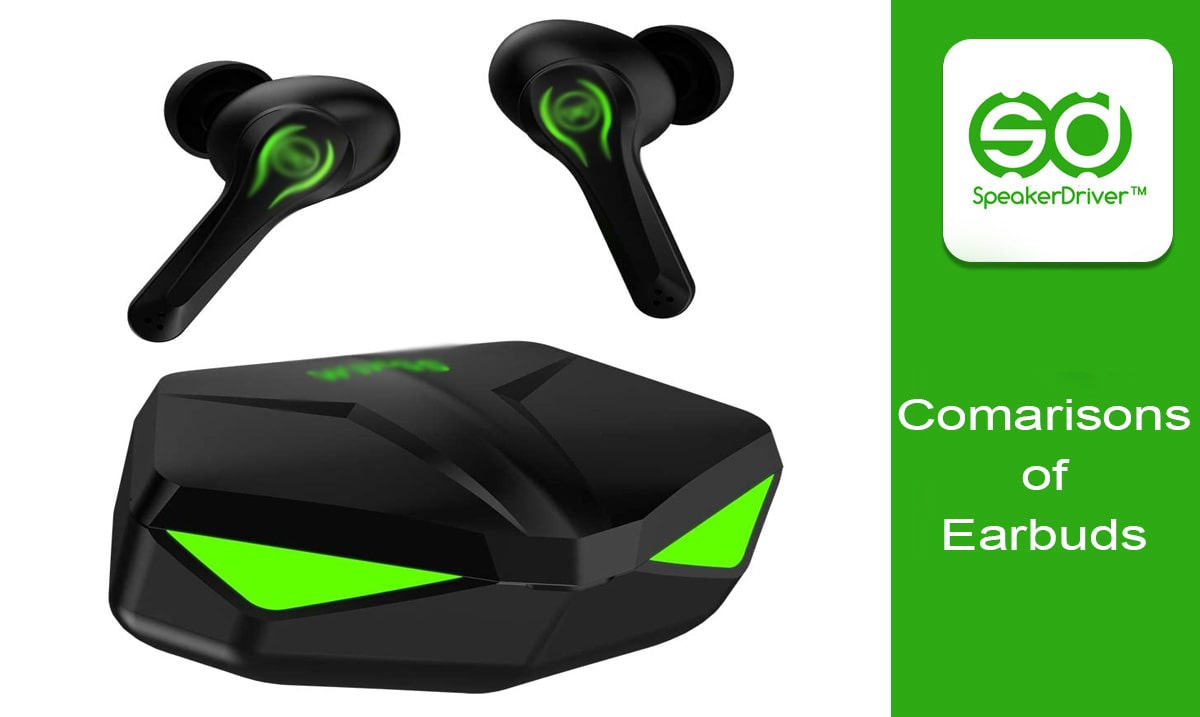
How Are Headphones Manufactured?
Headphones have become an essential part of modern life, enabling immersive audio experiences for work, entertainment, and communication. The manufacturing process of headphones involves several meticulous steps, from design and material selection to assembly and quality testing. Here’s a detailed look into how headphones are manufactured.
1. Design and Prototyping
Before mass production, headphones go through a rigorous design phase. Engineers and designers work together to create models that balance audio quality, comfort, and aesthetics. Prototyping is done using CAD software and 3D printing to test different designs before finalizing the best version.
2. Selection of Materials
- Speaker drivers: Typically made of diaphragms, voice coils, and magnets, these are responsible for converting electrical signals into sound.
- Housing: Plastic, metal, or a combination of both is used for the headphone casing.
- Ear cushions: Memory foam, leather, or silicone ensure comfort and noise isolation.
- Headbands and wires: Metal and plastic are used for durability, while braided cables improve longevity.
3. Manufacturing Speaker Drivers
- Voice coil winding: Copper or aluminum wire is wound into coils.
- Diaphragm assembly: Thin membranes, usually made of polymer, are attached to the coil.
- Magnet placement: Permanent magnets create the necessary electromagnetic field for sound production.
- Enclosure sealing: Drivers are enclosed in precise acoustic chambers to enhance sound quality.
4. Assembly Process
- Circuit board integration: The internal circuitry, including amplifiers and noise cancellation components (if applicable), is integrated.
- Driver installation: Speaker drivers are carefully mounted inside the ear cups.
- Wiring and soldering: Internal wiring is connected to ensure proper signal flow.
- Casing and sealing: The outer housing is securely closed to protect internal components.
- Headband and ear cushion attachment: These parts are added for comfort and durability.
5. Quality Testing
- Audio testing: Frequency response, impedance, and distortion levels are measured.
- Durability tests: Stress tests simulate long-term usage.
- Connectivity checks: For wireless models, Bluetooth performance is verified.
- User comfort trials: Ensuring an ergonomic fit for different head sizes.
6. Sustainability & Eco-Friendly Manufacturing
- Recyclable materials: Some brands use biodegradable plastics and recycled metals.
- Reduced plastic packaging: Companies like Apple and Sony are cutting down on excessive plastic waste.
- Energy-efficient factories: Implementing renewable energy sources to reduce carbon footprints.
7. Future Trends in Headphone Manufacturing
- AI-Powered Audio Tuning: Personalized sound adjustments based on user preferences.
- Bone Conduction Technology: This emerging tech provides safer listening experiences, especially for outdoor activities.
- Wireless Advancements: Improved Bluetooth codecs, such as aptX Lossless, offer high-fidelity audio with minimal latency.
8. Packaging and Distribution
After passing quality control, headphones are packaged in protective boxes with accessories such as charging cables and manuals. They are then distributed globally through retailers and e-commerce platforms.
Conclusion
The headphone manufacturing process is a sophisticated blend of engineering, craftsmanship, and quality control. Every step, from material selection to final testing, plays a crucial role in delivering high-quality audio products to consumers. With advancing technology, future innovations will continue to improve headphone performance and sustainability.

